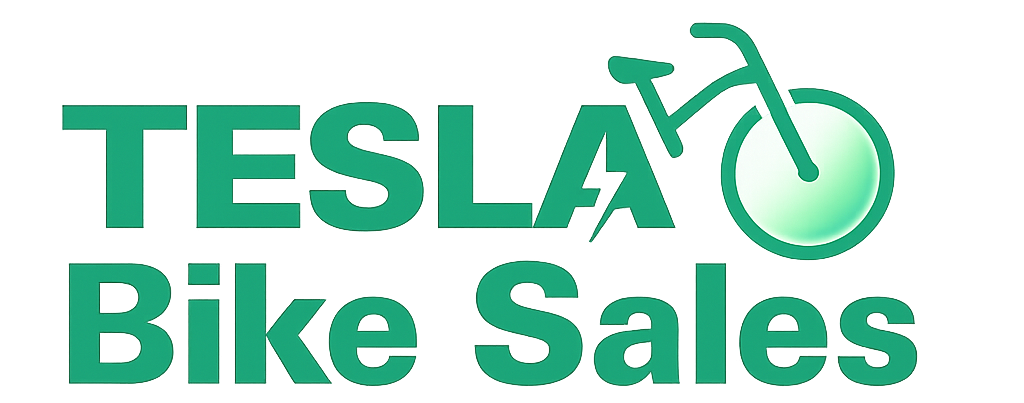Electric Bike Classes and Types Explained for Beginners 2025
E-bike sales in the US have grown tenfold over the last decade, making bike classifications more crucial than ever. My first time learning about e-bikes taught me that knowing these classifications helps you pick the perfect bike for your needs.
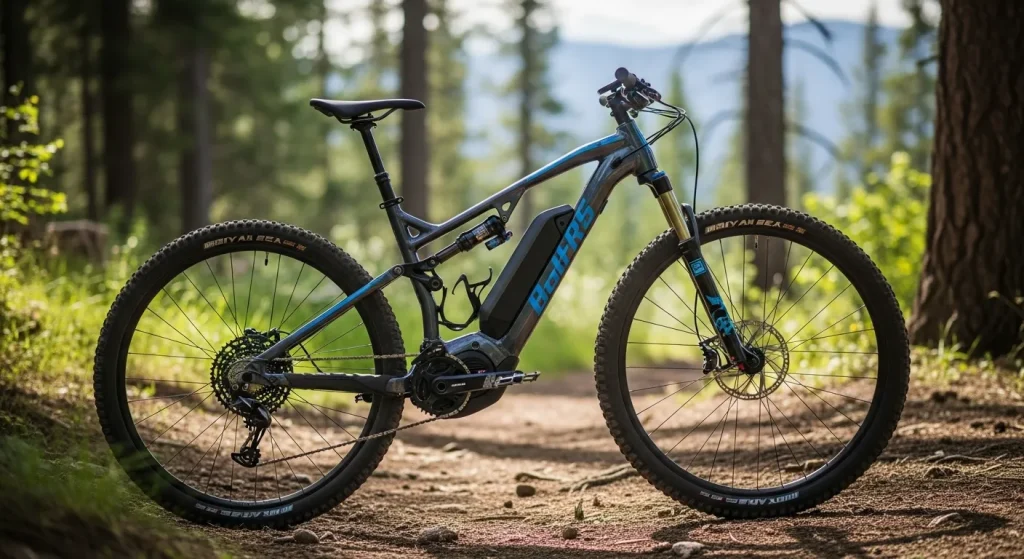
The e-bike world splits these bikes into three main classes based on their operation and top speeds. Class 1 e-bikes give you a boost only while pedaling and stop helping at 20 mph. 2 e-bikes come with a throttle that powers you without pedaling, also maxing out at 20 mph. Class 3 e-bikes pack the most punch and can help riders reach speeds up to 28 mph[-2][-3].
Let’s break down each class’s features and help you find the right electric bike that fits your lifestyle in this piece. Your choice between commuting, trail riding, or casual town cruising becomes easier once you know the differences between these classes.
Types of Electric Bikes Explained
Understanding different types of electric bikes is significant to find one that fits your lifestyle. Each design serves unique purposes and suits different riding environments.
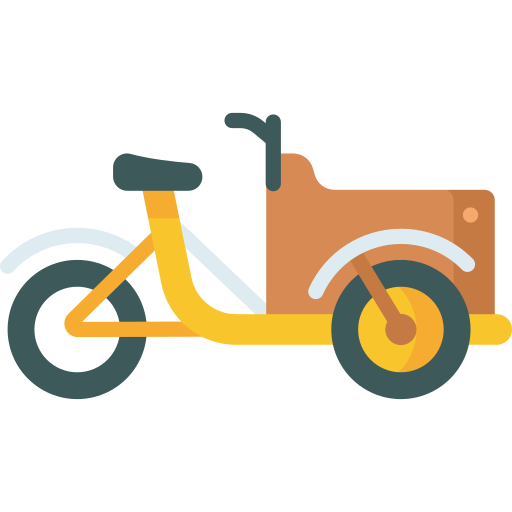
Cargo Bikes
Cargo bikes stand out as heavy-load champions with remarkable carrying capacity. Modern electric cargo bikes handle between 375-450 pounds total weight, which makes them ideal for grocery runs, kid transport, or package deliveries. These dependable machines trace their roots to 19th century Holland but now pack powerful motors that deliver up to 85 Nm of torque.
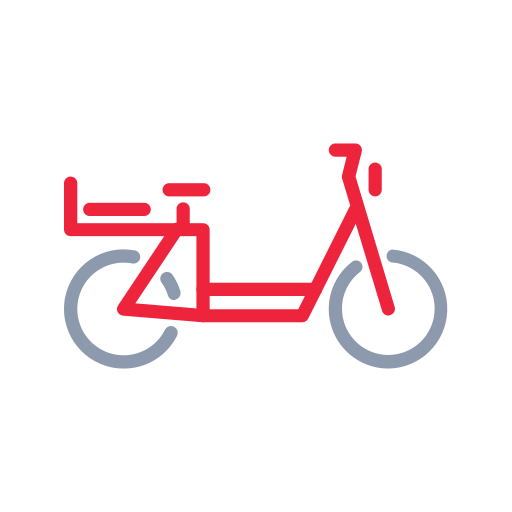
Commuter E Bikes
Commuter e-bikes excel at daily transportation needs with practical features. The upright positioning combines with integrated lights, fenders, and cargo racks to carry up to 59 lbs. Many models deliver impressive performance – this is a big deal as it means that some can go 70 miles on one charge.
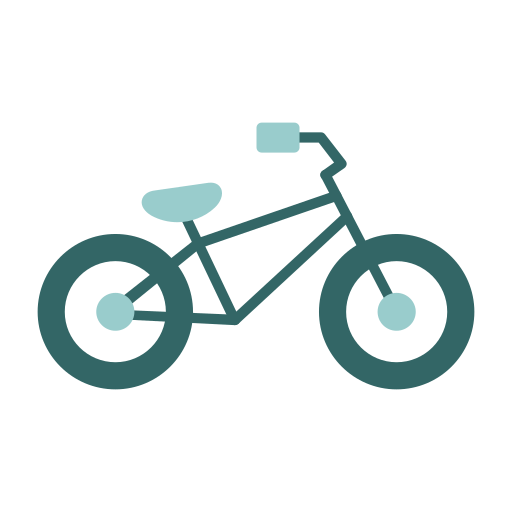
Cruiser E Bikes
Cruiser e-bikes come in two main styles. Beach cruisers sport retro looks and curved handlebars, while Dutch-style city cruisers showcase sleeker designs. Both styles put comfort first through upright positioning and smooth handling.
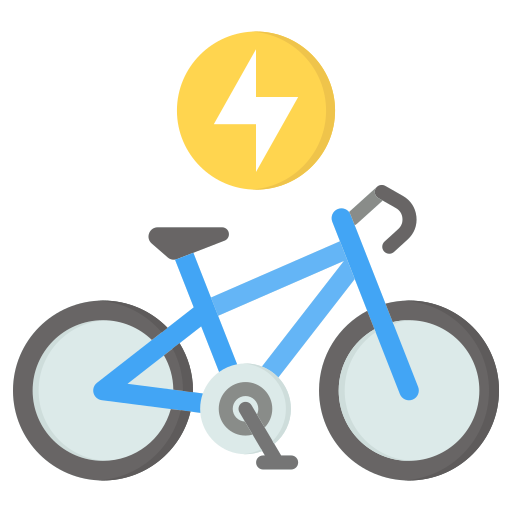
Folding Electric Bikes
Folding electric bikes shine when it comes to travel flexibility. These bikes collapse easily to fit in car trunks or storage spaces without bike racks. Most models roll on 20-inch wheels with fat tires that enhance stability.

Road E Bikes
Road e-bikes maximize efficiency through lightweight builds, narrow tires, and aerodynamic positioning for street riding. Mountain e-bikes take a different approach with robust suspension systems and strong motors that power through off-road trails.
Understanding E-Bike Classes
A three-tier classification system for electric bikes has been adopted by 38 states nationwide under federal government guidelines. This standardization helps riders understand their e-bike’s legal riding zones and applicable restrictions.

Class 1 Electric Bikes
Class 1 e-bikes use pedal-assist technology without any throttle option. The motor support activates only during active pedaling and stops at the time you reach 20 mph. These bikes function much like traditional bicycles and have access to most trails, paths, and bike lanes.

Class 2 Electric Bikes
Class 2 e-bikes combine pedal-assist and throttle capabilities. Riders get power even without pedaling through the throttle, but motor assistance cuts off at 20 mph. These models can access the same locations as Class 1 bikes, though some natural surface trails don’t allow throttle-equipped bikes.

Class 3 Electric Bikes
Class 3 e-bikes provide pedal-assist support up to 28 mph. Riders must be at least 16 years old and wear helmets. These models need speedometers. Safety concerns restrict Class 3 e-bikes from multi-use paths, sidewalks, and mountain bike trails in most areas.
Key Components That Define E-Bike Performance
Several critical components must work together to determine an electric bike’s performance.

Motor
The motor sits at every e-bike’s heart and comes in two main configurations. Mid-drive motors provide superior climbing ability and weight distribution when positioned at the bicycle’s bottom bracket. Hub motors built into the wheel offer a simpler design that needs less maintenance, which makes them perfect for city commuting.
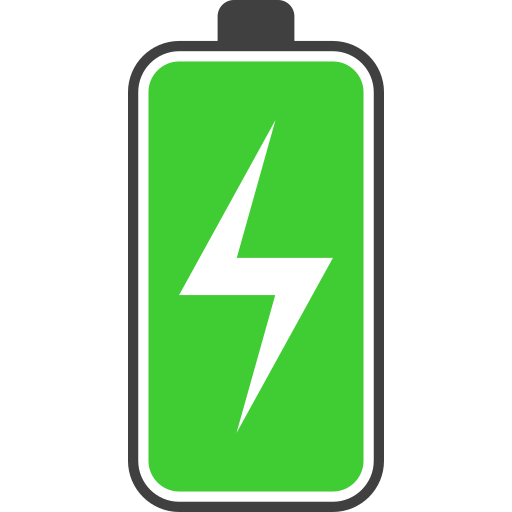
Battery
An e-bike’s range depends directly on its battery capacity, measured in watt-hours (Wh). Riders can go longer distances without recharging with higher capacity batteries, though this adds weight to the system. The battery’s location affects how the bike handles – frame-mounted batteries create better balance than rear-mounted options.

Braking System
The increased weight and speed of e-bikes demand resilient braking systems. Riders need less hand effort with hydraulic disk brakes, which deliver superior stopping power compared to mechanical disk brakes. Most models come with a motor cutoff switch that stops the motor automatically when riders apply the brakes.

Suspension
Ride quality improves substantially on uneven terrain with suspension systems. Riders can choose from rigid suspension (lightest and simplest) to front suspension (balanced comfort) or full suspension (maximum shock absorption). Engineers must specially design the frame to handle extra stress from motor torque and battery weight while maintaining proper geometry that ensures stable handling.
Conclusion
E-bikes have changed how we get around, and knowing their classifications helps both newcomers and experienced cyclists choose the right one. My time with e-bikes has shown that the three-class system makes it easy to pick the best model for different needs. Class 1 and Class 2 e-bikes max out at 20 mph, which works great for casual riders and commuters. Class 3 bikes give you that extra speed when you need to cover more ground on your commute.
The type of e-bike you choose shapes your whole riding experience. Cargo bikes handle heavy loads with ease. Commuter models work best for daily trips. Cruisers keep you comfortable, folding bikes pack up small, and specialized road and mountain e-bikes tackle specific terrain types. Without doubt, finding the right match for your lifestyle will boost your riding enjoyment. Also you can read our comparison guide about Electric bike vs Regular bike here.
Motors and batteries play a huge role in how your bike performs.
Mid-drive motors climb better, while hub motors keep things simple. Your battery’s size determines your range between charges. Good brakes and the right suspension also keep you safe and comfortable on your rides. The right e-bike choice comes down to knowing these classes and parts, then taking a good look at what you need. Do you mostly ride city streets? A Class 2 commuter bike might be perfect. Planning to hit rough trails? A Class 1 mountain e-bike could be your best bet. There’s a perfect e-bike out there for almost everyone – you just need to find the right mix of class, type, and parts that line up with what you want.
E-bikes keep getting more popular, and this knowledge helps you make smart choices instead of feeling lost in all the options. Whether you’re switching from a regular bike or just starting to cycle, knowing these differences gives you the ability to find an e-bike that makes every trip enjoyable.
